It might be hard to believe that spring is just around the corner, but hold in there, and longer days and more bearable temperatures are coming. With the rise in temperature, we’ll see signs of life start to blossom in our parks and gardens. The coming of springtime flowers is a simple pleasure, and there’s no better way to experience this on a grand scale than at our nation’s botanical gardens.
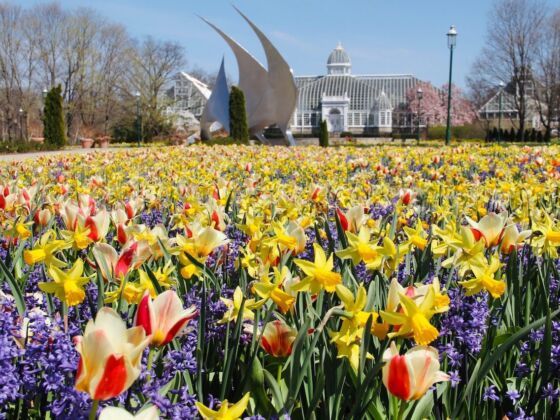

The Most Breathtaking Botanical Gardens in the US to Welcome Spring
Whether you enjoy the formality of perfectly arranged lines of tulips or billowing cherry blossoms, the botanic gardens in the US expertly craft experiences of spring throughout their grounds. Many even hold seasonal events such as flower exhibitions, educational tours, and festivals to really celebrate nature’s transformation from winter. Some are so spectacular it’s even worth checking the garden’s calendar and planning a trip to the city according to their events schedule.
From New York Botanical Garden’s exhibition of orchids to the hundreds of thousands of colorful spring-blooming tulips at the Dallas Arboretum and Botanical Garden, here are the best botanical gardens in the US to welcome in spring.
Editor’s note: Due to COVID-19 restrictions, many of the garden’s greenhouses and some areas with tight, restricted entrances or spaces will continue to be closed to visitors. All outdoor spaces can be enjoyed, although pre-registration and pre-purchased tickets may be required.
1. United States Botanic Garden, Washington, DC
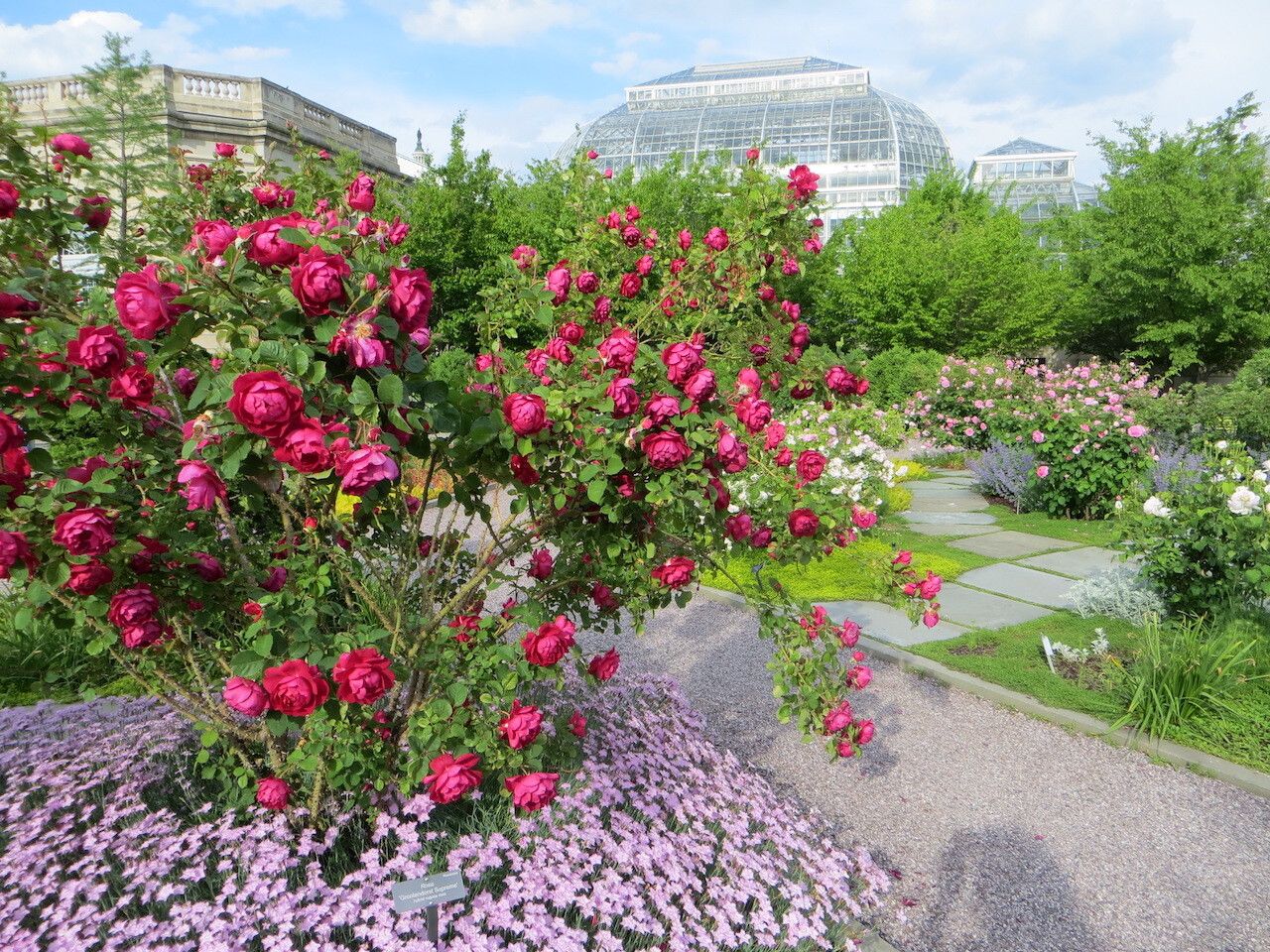
Photo: United States Botanic Garden
The oldest continuously operating botanic garden in the US, the United States Botanic Garden is situated within the grounds of the US Capitol. Recognized as a living plant museum, the gardens are dedicated to educating visitors on the importance plants have to the wellbeing of the planet. The many outdoor gardens are spectacular during spring with highlights including roses in the Rose Garden and dogwoods in the Regional Garden of native plants. Thousands of blooming bulbs of tulips, daffodils, and crocuses also cover the beds throughout the Terrace Gardens and Bartholdi Park.
2. Fairchild Tropical Botanic Garden, Coral Gables, Florida
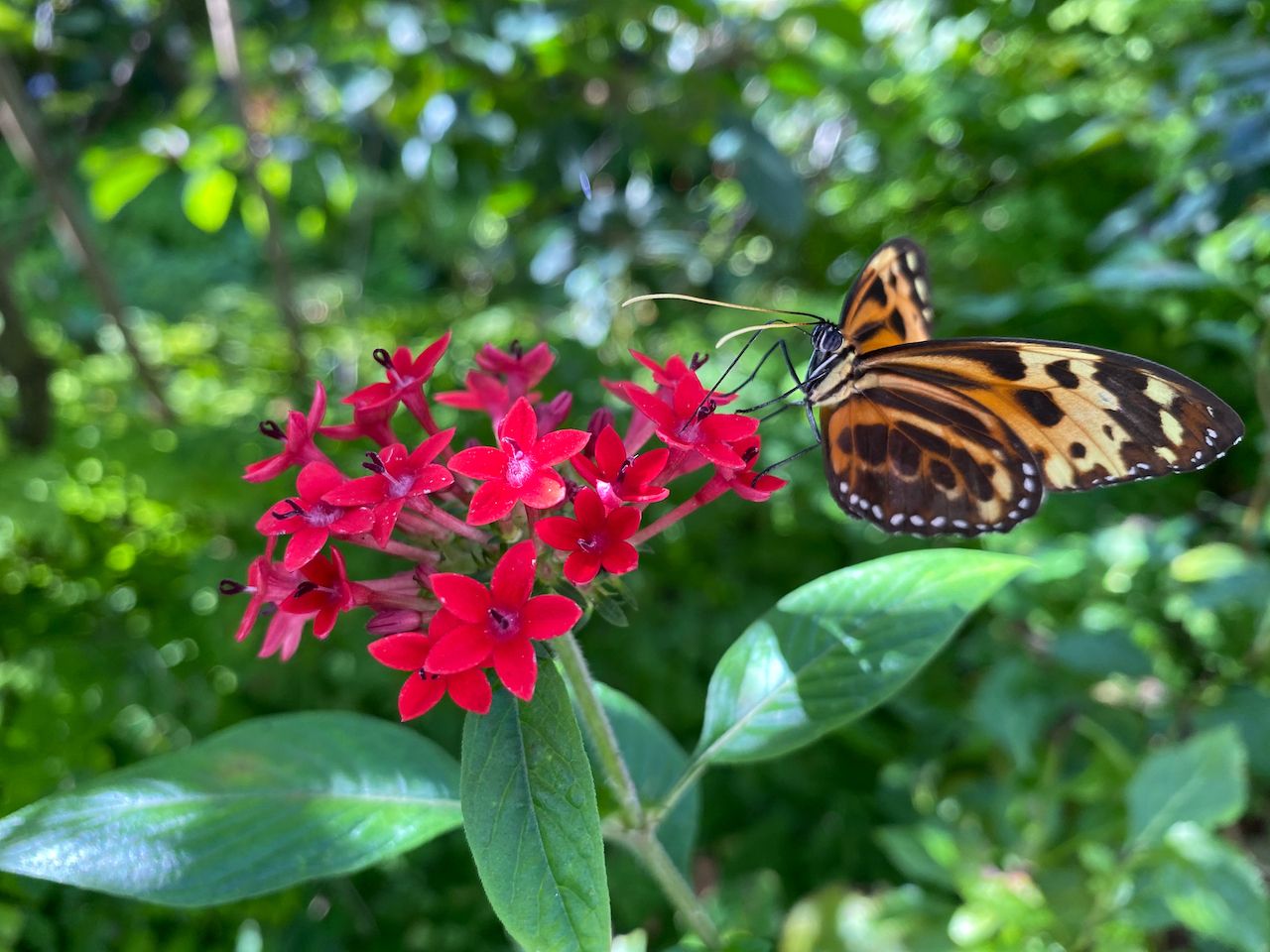
Photo: Omer Bezalel/Shutterstock
The Fairchild Tropical Botanic Garden gets its name from one of the world’s most famous plant explorers in history, Dr. David Fairchild. The tropical gardens are home to huge collections of rare plants and cover 83 acres of land in the Coral Gables. Although the tropical climate does not see drastic seasonal change, the gardens do have a huge range of springtime events. In April, during spring break the garden will be launching a fun educational program for children called Expedition Discovery, and its popular Dog Dates events invite guests to stroll the grounds with their dogs and enjoy activities such as dog yoga. And if you can’t make it in person, Fairchild’s virtual plant sale invites you to shop for species specially curated and grown by the garden’s botanists and horticulturists.
3. Brookgreen Gardens, Myrtle Beach, South Carolina
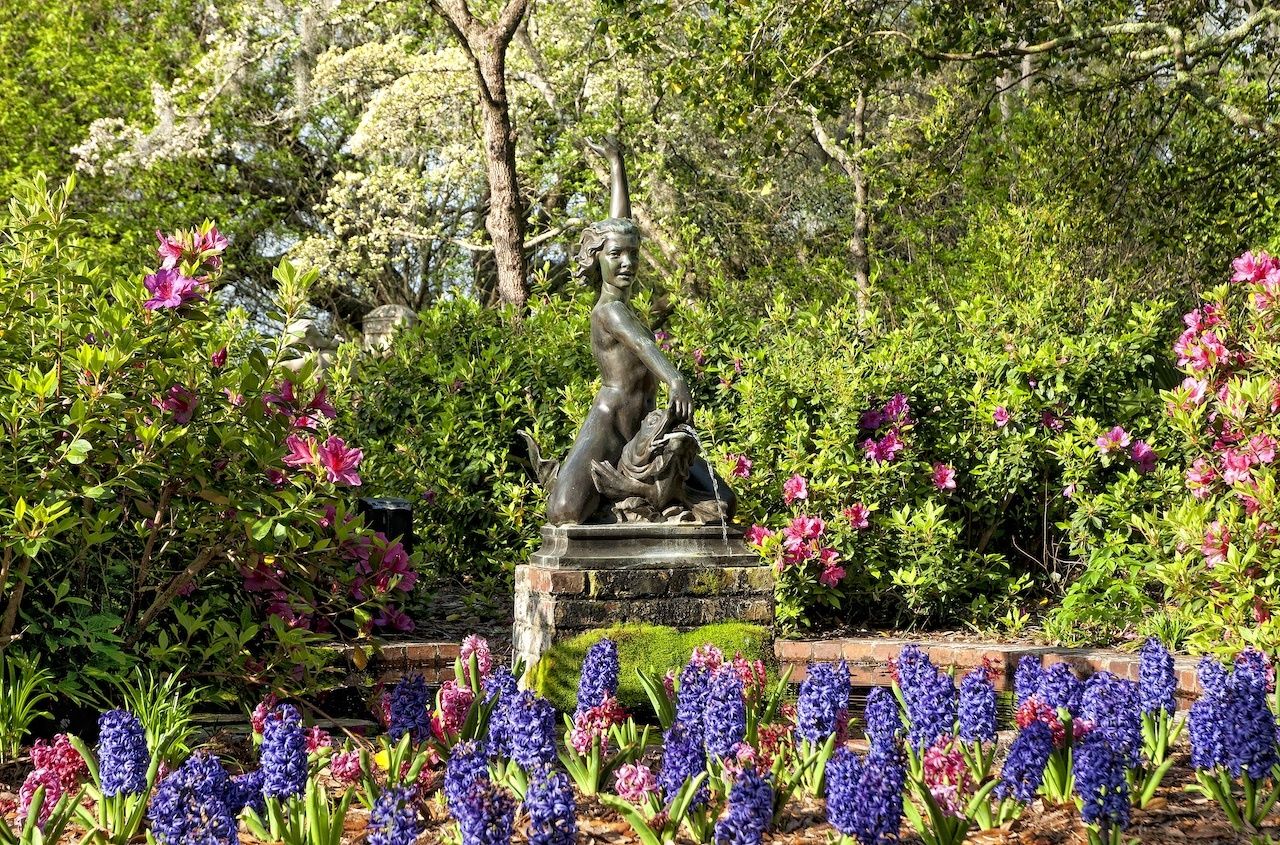
Photo: Brookgreen Gardens
Brookgreen Gardens is a stunning place to visit regardless of the season. The sculpture garden blooms year-round with perineal such as foxgloves, roses, and camellias, but spring is special for enjoying the beds of azaleas that are planted throughout the garden and draw crowds from across the country. Their colors range from crisp white to pink and can typically be enjoyed at the end of March through late April. Other varietals like tulips and daffodils are also celebrated and bring the grounds of the 250-acre botanical garden to life from late February onwards.
4. Franklin Park Conservatory and Botanical Gardens, Columbus, Ohio
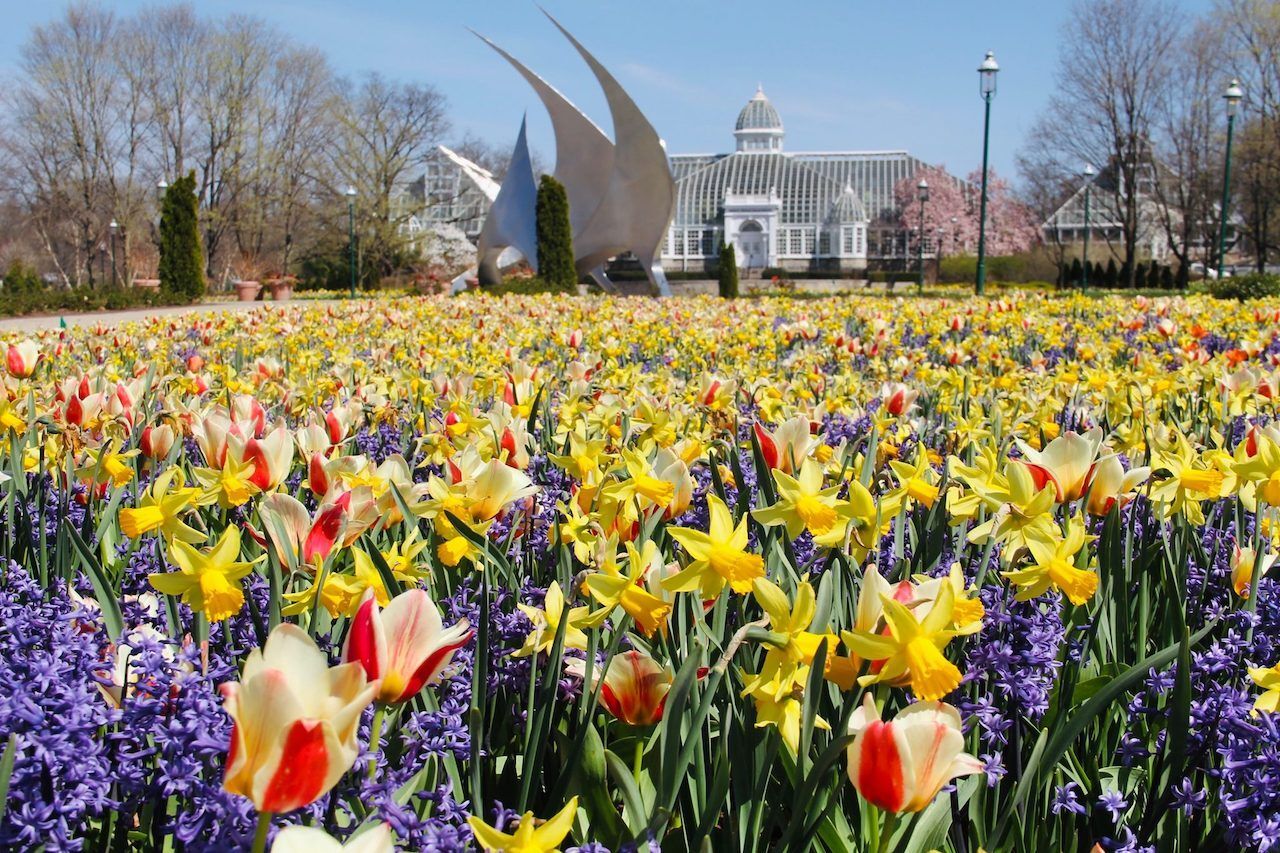
Photo: Franklin Park Conservatory/Facebook
Located in the heart of Columbus, Ohio, the Franklin Park Conservatory and Botanical Garden features over 400 different species of plants. Traditionally in spring, the conservatory runs a Blooms and Butterflies exhibition where one of the garden’s domes houses hundreds of butterflies. The outdoor gardens are also transformed into a rainbow of spring colors with thousands of tulips and other springtime bulbs. The warmer months welcome the educational programming of the Children’s Garden, a two-acre immersive experience that was designed to connect children with nature. Franklin Park’s current exhibition, Bringing Reverence to Nature: An Exploration of Botanicals in Paper, features stunning paper sculptures by Lea Gray and will run throughout the season until May 31.
5. Missouri Botanical Garden, St. Louis, Missouri

Photo: Rob Neville Photos/Shutterstock
The Missouri Botanical Garden’s most notable attraction is its Climatron, a geometric dome conservatory home to 1,200 species of plants. The architectural feat uses climate-control technology to recreate conditions of a rainforest. Another stunning feature is the 14-acre traditional Japanese Garden, which is the largest of its kind in the US. From March to early April, the garden’s cherry blossoms flower. There are 230 trees, which include ornamental flowering cherries as well as fruit trees such as peaches, nectarines, almonds, plums, and apricots. The most dramatic of the genus is the weeping Higan cherry, which produces stunning rosy flowers. You can also find the native wild black cherry throughout the gardens. Its fragrant white flowers hang in a cluster and are very impressive.
6. Dallas Arboretum and Botanical Garden, Dallas, Texas
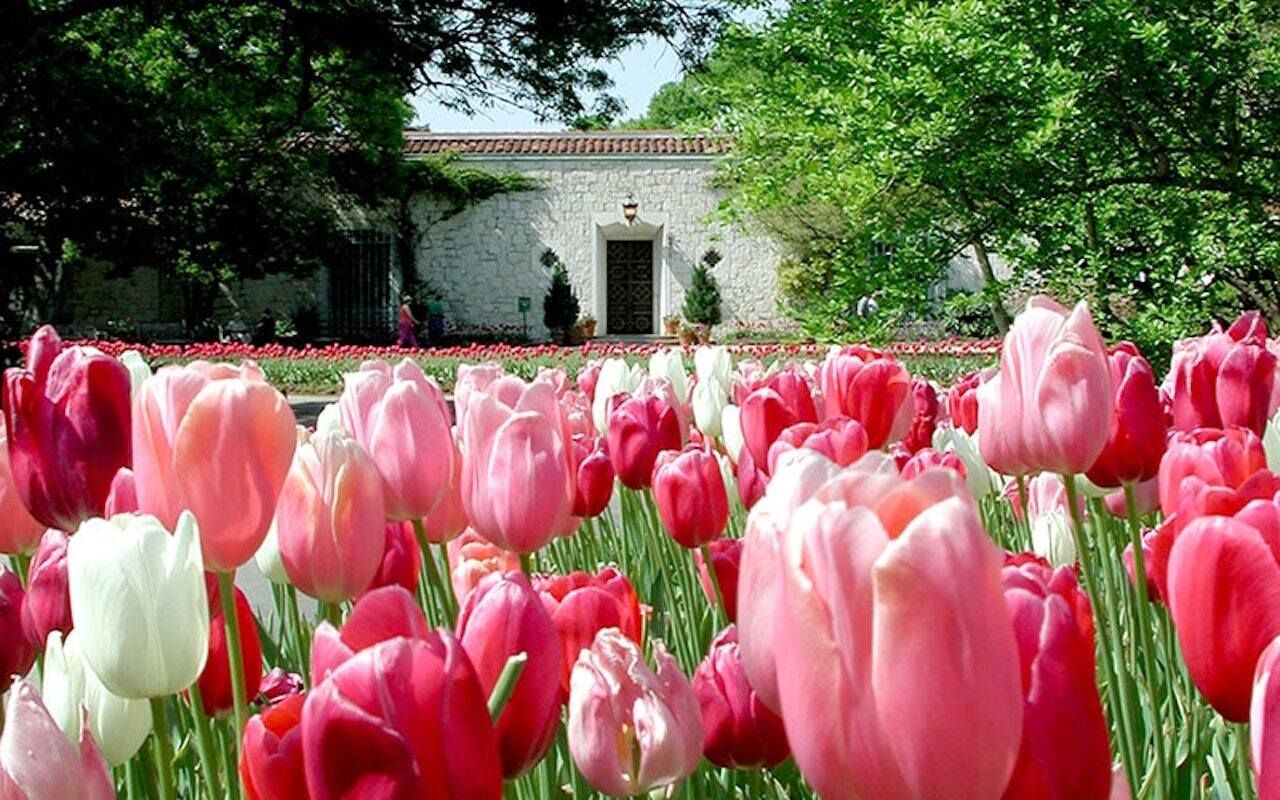
Photo: Dallas Arboretum
The Dallas Arboretum and Botanical Garden holds an annual Dallas Blooms festival from February 20 to April 11. Being one of the largest flower festivals in the Southwest, the garden comes to life with hundreds of thousands of spring flowers, specifically 500,000 colorful spring-blooming tulips. The six-week celebration also features live music, arts and crafts, lots of children’s activities, and food and drink events. Although springtime is a joy throughout the garden, the 6.5-acre Color Garden features the most dramatic display of sweeping beds of seasonal plants.
7. Chicago Botanic Garden, Glencoe, Illinois

Photo: Chicago Botanic Garden/Facebook
The Chicago Botanic Garden is a triumph. Its beautifully designed and manicured 385 acres, on and around nine islands, attracts a huge amount of visitors each year, especially in spring when Chicagoans are eager to welcome a change of season. There is a huge amount to explore here, but notably, the Bulb Garden, Circle Garden, Sensory Garden, and Lakeside Gardens are all outdoors and really come to life from February onwards. The Lakeside Gardens curve along the Great Basin, and between late April and early May, 300 crabapple trees blossom, producing a stunning reflection on the surface of the water. As for snowdrops, the Waterfall Garden features several varieties and also scilla and tulips.
8. San Francisco Botanical Garden, San Francisco, California
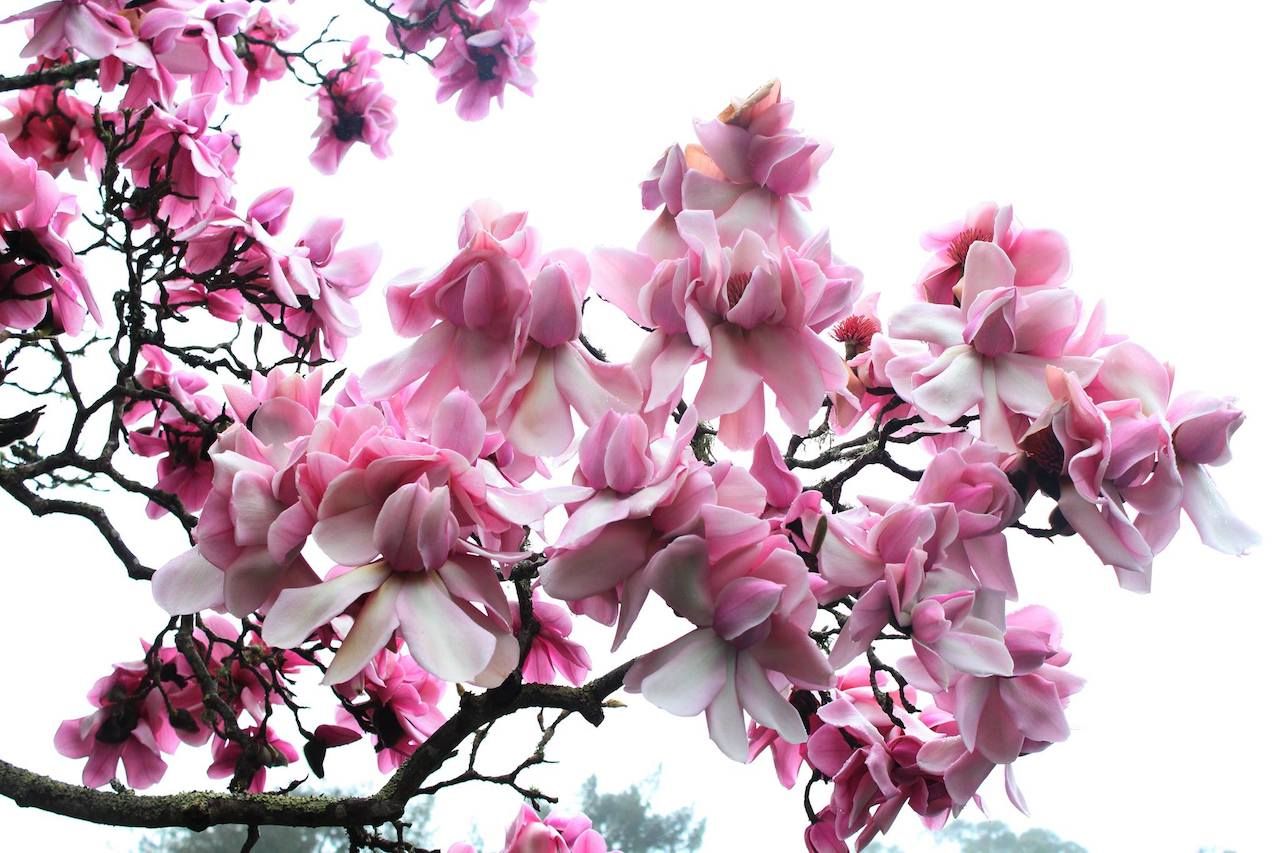
Photo: San Francisco Botanical Garden/Facebook
Another world-famous botanical garden has its home in San Francisco. The San Francisco Botanical Garden’s 55 acres hold over 50,000 plants from all over the world, and boy does it come to life in late February. Again, there is a lot to enjoy here, but the blossoming magnolias found in the Moon Viewing and Temperate Asia areas are particularly special. The garden has 56 species, hybrids, and varieties of magnolias; 216 individual plants; and a thriving conservation project in collaboration with three other botanical gardens in the US. Another spring highlight is the garden’s California poppies, irises, and other wildflowers, which can be viewed from March to May.
9. New York Botanical Garden, New York City, New York
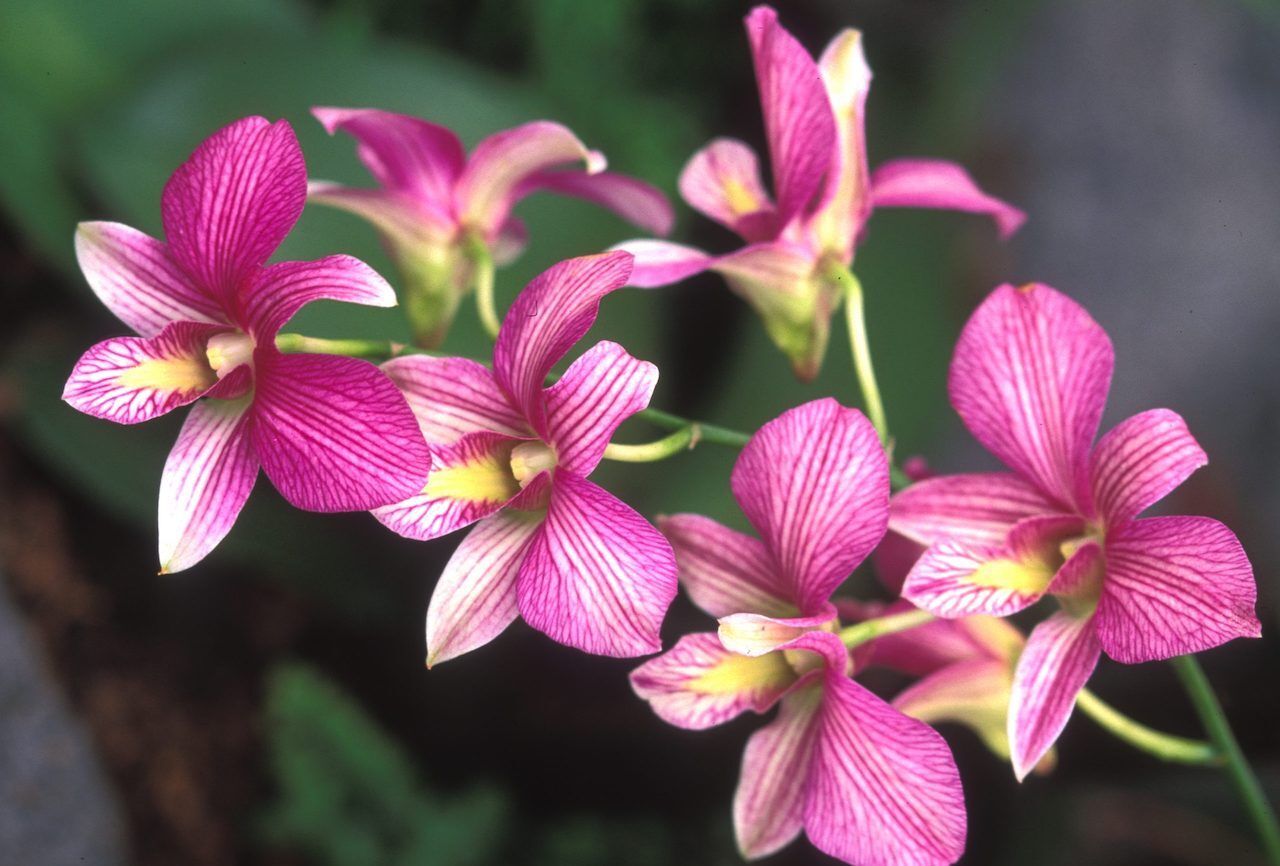
Photo: New York Botanic Gardens
The New York Botanic Garden is yet another of the world’s greats. And although there are plenty of opportunities to enjoy cherry blossoms, cheerful daffodils, and an array of spring flowers, one of the major highlights of the season is their spectacular Spotlight on Orchids exhibition. From February 20 to April 4, visitors can reserve a ticket to visit select galleries of the conservatory and view some of the rarest orchids. The unusual assortment of orchids from the garden’s renowned collections will be paired with creative floral displays by the garden’s own horticulturists.
10. Allerton and McBryde Gardens Koloa, Kauai, Hawaii
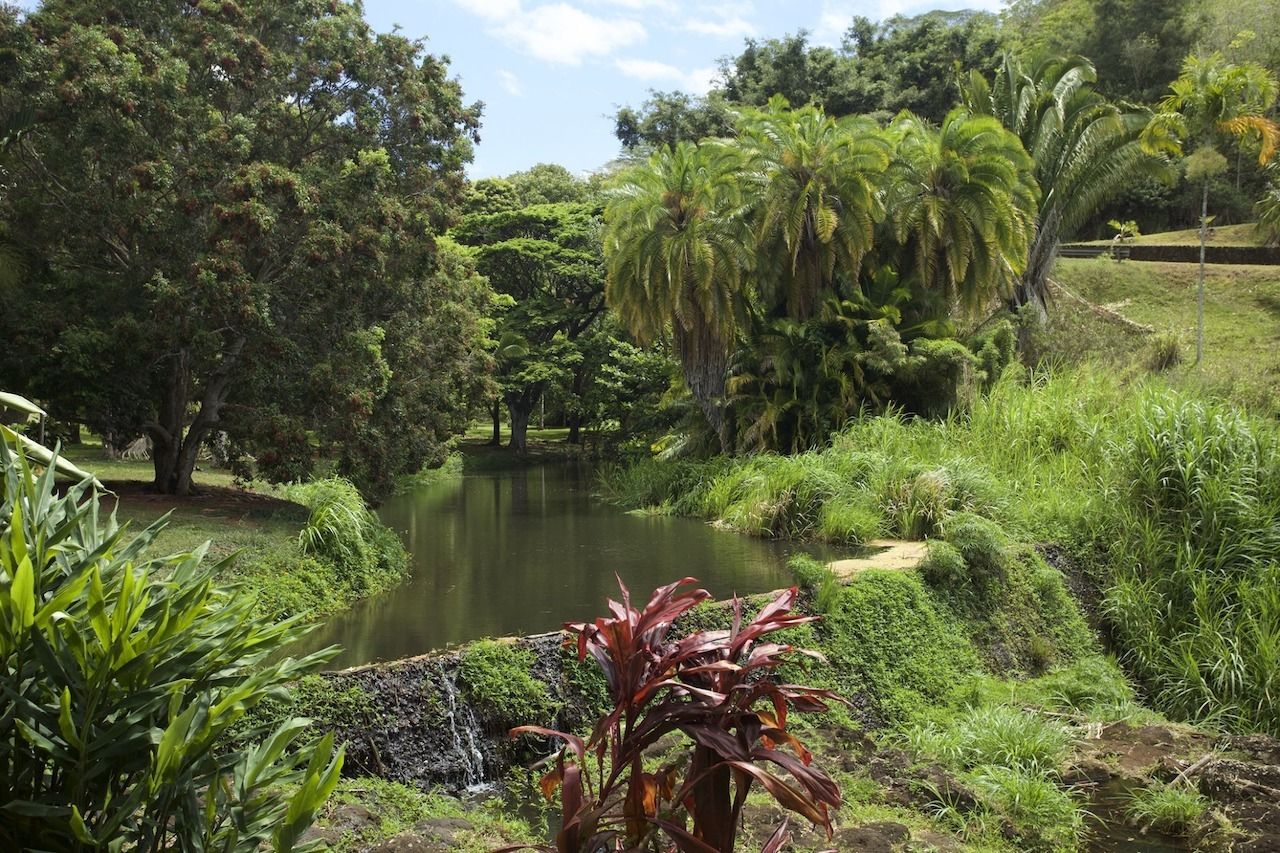
Photo: National Tropical Botanical Garden/Facebook
The Allerton Garden and McBryde Garden sit adjacent to one another in the Lawai Valley on the south shore of Kauai island. In order to visit these gardens, you must check-in at the South Shore Visitors Center. Allerton Garden requires a guided tour which must be booked in advance and usually takes around 2.5 hours. The McBryde Garden can be enjoyed at your own pace on a self-guided visit. They are part of the five spaces that the National Tropical Botanical Garden manages in Hawaii.
The core mission of the group is to protect and preserve plants, specifically native species from disease and extinction. Of course, Hawaii experiences only minor changes in temperature throughout the year, so its spring season is not as varied as other gardens mentioned here, but these two — although being very different — are equally stunning. The gardens cover 350 acres of land, showcase an impressive variety of tropical plants, and would be a great addition to a springtime vacation itinerary in Kauai.